Home>Garden Essentials>What Is Comino Seed
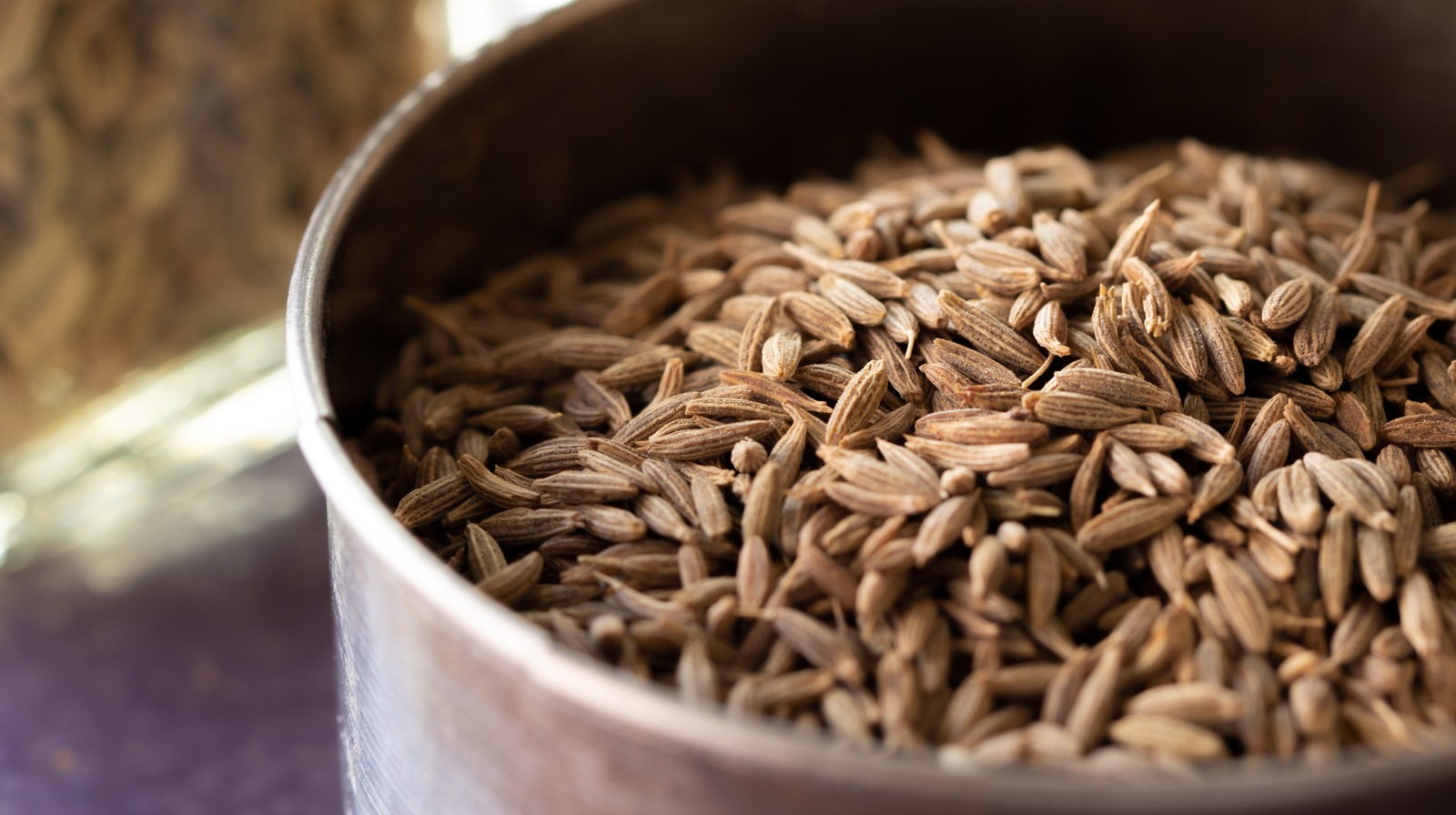

Garden Essentials
What Is Comino Seed
Modified: March 16, 2024
Discover the wonders of comino seed for your garden. Learn what comino seed is and how it can enhance your gardening experience.
(Many of the links in this article redirect to a specific reviewed product. Your purchase of these products through affiliate links helps to generate commission for Storables.com, at no extra cost. Learn more)
Introduction
Welcome to the world of comino seed, a small but mighty ingredient that has been used for centuries in various culinary and medicinal practices. Comino seed, also known as cumin seed, is derived from the Cuminum cyminum plant, which is native to the Mediterranean region. With its distinct aroma and flavor, comino seed has found its way into kitchens all around the world, adding a touch of spice and depth to countless dishes.
But comino seed is not just a flavorful spice; it also boasts a range of health benefits. From aiding digestion to boosting immunity, this humble seed packs a powerful punch when it comes to promoting overall well-being. In this article, we will explore the history, culinary uses, medicinal properties, and precautions of comino seed, providing you with a comprehensive guide to this remarkable ingredient.
Join us as we delve into the intriguing world of comino seed, uncover its secrets, and discover how this tiny seed has made its mark on both our plates and our lives.
Key Takeaways:
- Comino seed, also known as cumin seed, is a versatile spice with a rich history and diverse culinary uses, adding warmth and depth to dishes from Indian curries to Mexican salsas.
- Comino seed offers potential health benefits, aiding digestion, promoting respiratory health, and providing antioxidant and anti-inflammatory properties, but should be consumed in moderation and with caution for allergies and medical conditions.
Read more: What Is A Seed?
Overview of Comino Seed
Comino seed, scientifically known as Cuminum cyminum, is a member of the Apiaceae family and has been cultivated for thousands of years. It is believed to have originated in the eastern Mediterranean region, specifically in Egypt and the Middle East, before spreading its aromatic presence throughout the world.
The seed itself is small, elongated, and slightly curved, with a distinct caramel brown color. Its flavor can be described as warm, earthy, and slightly nutty, while its aroma is pungent and deep.
Comino seed is commonly used in both whole and ground form, with the ground version being more widely available. It is a staple ingredient in various cuisines, including Indian, Middle Eastern, Mexican, and North African, where it is used to enhance the flavor and aroma of dishes.
Besides its culinary applications, comino seed is also appreciated for its medicinal properties. This versatile seed is rich in essential oils, antioxidants, and other beneficial compounds that contribute to its therapeutic effects. From aiding digestion to promoting respiratory health, comino seed has earned a well-deserved reputation for its health benefits.
When it comes to purchasing comino seed, it is essential to choose high-quality, organic seeds to ensure optimal flavor and freshness. Whole seeds should be stored in a cool, dry place away from direct sunlight to maintain their potency.
Now that we have a general understanding of comino seed, let’s dive deeper into its historical uses and cultural significance.
Historical Uses of Comino Seed
Comino seed has a rich history dating back thousands of years. It was highly regarded in ancient civilizations for its culinary and medicinal properties, as well as its cultural significance.
One of the earliest recorded uses of comino seed can be traced back to ancient Egypt, where it was not only used as a spice but also as a preservative for mummification. The Egyptians believed that comino seed had magical properties and used it in rituals and religious ceremonies.
Throughout the Middle Ages, comino seed gained popularity in European cuisine. It was included in spice blends and used in various dishes, such as stews, sausages, and bread. Comino seed was also valued for its medicinal properties, with traditional healers prescribing it for digestive issues and to relieve symptoms of colds and coughs.
In Indian Ayurvedic medicine, comino seed has been used for centuries to balance the body’s energy and improve digestion. It is believed to have a heating effect on the body and is often used in spice blends such as garam masala to add depth and flavor to Indian curries and rice dishes.
In traditional Mexican cuisine, comino seed is a key ingredient in many dishes, from salsas and moles to tamales and enchiladas. The seed adds a distinctive flavor and complements the vibrant spices and flavors of Mexican cuisine.
Comino seed has also played a significant role in North African cuisine, particularly in Moroccan and Tunisian dishes. It is often used in spice rubs for meats, tagines, and couscous, adding a warm and aromatic quality to these dishes.
Over the centuries, comino seed has not only been cherished for its culinary uses but also for its cultural and symbolic meanings. In some cultures, it is believed to bring good luck, protection, and even ward off evil spirits.
As we can see, comino seed has a rich and diverse history. Its continued usage in various cuisines and medicinal practices is a testament to its undeniable appeal and value. Now, let’s explore the culinary applications of comino seed and how it can elevate your cooking.
Culinary Applications of Comino Seed
Comino seed is a versatile spice that adds depth and complexity to a wide range of dishes. Its warm and earthy flavor pairs well with both savory and sweet ingredients, making it a staple in many culinary traditions around the world.
In Indian cuisine, comino seed is a vital component of many spice blends, such as garam masala and curry powder. It is often toasted and ground to release its intense aroma and flavor, and then added to curries, lentil dishes, vegetable stir-fries, and even tea. Comino seed also plays a prominent role in dishes like biryani, tandoori chicken, and butter chicken, where it adds a distinct warmth and richness.
In Middle Eastern cuisine, comino seed is commonly used in recipes like hummus, falafel, and shawarma. It enhances the flavors of these dishes, giving them a delightful earthiness. In combination with other spices like coriander and cinnamon, comino seed creates a harmony of flavors that is characteristic of Middle Eastern cuisine.
Mexican cuisine relies heavily on comino seed for its distinctive flavor profile. It is a key ingredient in dishes such as chili con carne, mole sauces, enchiladas, and salsa. Ground comino seed is also commonly used in spice blends like chili powder and taco seasoning, adding a punch of flavor to various Tex-Mex dishes.
In North African cuisine, particularly in Morocco, comino seed is used in spice rubs for meats, tagines, and couscous dishes. It brings a warm and aromatic note to these flavorful dishes, balancing the richness of other ingredients like dried fruits and nuts.
Even in Western cuisine, comino seed can be found in recipes ranging from soups and stews to roasted vegetables and marinades. Its distinctive flavor elevates these dishes, giving them a unique and memorable taste.
When using comino seed in your recipes, it is best to toast and freshly grind it to release its full potential. This can be easily done by heating the seeds in a dry pan until fragrant and then grinding them in a mortar and pestle or a spice grinder.
Whether you’re exploring the vibrant flavors of Indian cuisine, indulging in the spicy delights of Mexican fare, or venturing into the exotic world of Middle Eastern and North African dishes, comino seed is a spice that will enhance your culinary creations and take them to new heights.
Now that we’ve explored the culinary uses of comino seed, let’s dive into its medicinal properties and how it can benefit your health.
Comino seed, also known as cumin, is a popular spice used in many cuisines. It has a warm, earthy flavor and is often used in curries, chili, and Mexican dishes. It can also be used to make tea for digestive issues.
Medicinal Properties and Benefits of Comino Seed
Beyond its culinary applications, comino seed possesses a range of medicinal properties that have been recognized for centuries. Packed with essential oils, antioxidants, and other beneficial compounds, comino seed offers numerous health benefits.
One of the primary benefits of comino seed is its ability to aid digestion. It stimulates the production of enzymes that promote the breakdown of food, helping to alleviate digestive issues such as bloating, gas, and indigestion. It is also known to have carminative properties, which can help relieve stomach discomfort.
Comino seed is often used in traditional medicine to support respiratory health. It has natural expectorant properties that can help loosen phlegm and mucus, making it easier to clear the airways. This makes comino seed beneficial for relieving symptoms of coughs, colds, and respiratory infections.
The antioxidants present in comino seed, such as polyphenols, may provide several health benefits. These antioxidants help protect the body’s cells from damage caused by free radicals, which can contribute to chronic diseases and aging.
Additionally, comino seed contains antimicrobial properties that may help combat certain types of bacteria and fungi. Some studies suggest that these properties of comino seed may help prevent foodborne illnesses and inhibit the growth of harmful microorganisms in the digestive system.
Comino seed has also been associated with potential anti-inflammatory effects. Chronic inflammation is linked to various health conditions, including heart disease, diabetes, and arthritis. The anti-inflammatory properties of comino seed may help reduce inflammation in the body and mitigate related health risks.
Furthermore, comino seed has been traditionally used for its analgesic properties. It is believed to possess pain-relieving effects that can help alleviate headaches, muscle aches, and menstrual cramps.
It’s important to note that while comino seed offers potential health benefits, it should not be used as a substitute for professional medical advice or treatment. If you have specific health concerns, it’s recommended to consult with a healthcare professional.
Now that we’ve explored the medicinal properties and benefits of comino seed, let’s discuss some precautions and potential side effects to be aware of.
Read more: What Is Germinate
Precautions and Side Effects of Comino Seed
While comino seed is generally safe for consumption, it is important to be mindful of potential precautions and side effects associated with its use.
Some individuals may be allergic to comino seed or have hypersensitivity to the spice. If you experience any adverse reactions such as itching, swelling, or difficulty breathing after consuming comino seed, it is essential to discontinue its use and seek medical attention.
Comino seed is known to have blood-thinning properties. Individuals who are taking anticoagulant medications or have bleeding disorders should exercise caution and consult with their healthcare provider before incorporating comino seed into their diet. It is important to avoid excessive consumption of comino seed if you are already taking medication that affects blood clotting.
Pregnant women should consult with their healthcare provider before consuming comino seed, as there is limited research on its effects during pregnancy. It is always best to err on the side of caution and seek professional advice to ensure the safety of both the mother and the baby.
Excessive consumption of comino seed may cause gastrointestinal discomfort in some individuals, such as stomach upset, heartburn, or acid reflux. It’s important to listen to your body and consume comino seed in moderation to avoid any unwanted side effects.
As with any dietary change or new ingredient, it is recommended to introduce comino seed gradually into your diet to monitor how your body reacts to it. If you have any underlying medical conditions or concerns, it is advisable to consult with a healthcare professional before making significant changes to your diet or incorporating new ingredients.
Remember, while comino seed offers potential health benefits, it is not a cure-all, and individual experiences may vary. It is always advisable to seek guidance from a healthcare professional for personalized advice and recommendations.
Now that we have explored the precautions and potential side effects, let’s conclude our journey through the world of comino seed.
Conclusion
Comino seed, also known as cumin seed, is a fascinating ingredient with a rich history, diverse culinary applications, and potential health benefits. From ancient civilizations to modern kitchens worldwide, comino seed has left its aromatic imprint on countless dishes from various cuisines.
Throughout history, comino seed has been cherished for its culinary and medicinal properties. Its warm, earthy flavor has been incorporated into a wide range of dishes, adding depth and complexity. From Indian curries and Mexican salsas to Middle Eastern tagines and North African couscous, comino seed brings a unique flavor profile to each cuisine it touches.
In addition to its culinary significance, comino seed has been valued for its potential health benefits. From aiding digestion and promoting respiratory health to offering antioxidant and anti-inflammatory properties, comino seed has proven its versatility in various traditional medicine practices.
However, like any other ingredient, comino seed should be consumed in moderation. Some individuals may have allergies or sensitivities to comino seed, and caution should be exercised if you have certain medical conditions or are taking specific medications.
Overall, comino seed offers a delightful culinary experience and potential health benefits. Its distinctive flavor and therapeutic properties have earned it a place in kitchens and medicine cabinets around the world.
So why not embark on your own culinary adventure and explore the wonders of comino seed? Experiment with different cuisines, spice blends, and recipes to unlock the full potential of this humble yet remarkable ingredient.
Remember, whether you’re savoring a Moroccan tagine, delighting in an Indian curry, or indulging in a comforting bowl of Mexican chili, comino seed can add that extra touch of flavor that elevates your culinary creations to new heights.
So go ahead, embrace the flavorful world of comino seed and discover the magic it can bring to your plate and your well-being.
Frequently Asked Questions about What Is Comino Seed
Was this page helpful?
At Storables.com, we guarantee accurate and reliable information. Our content, validated by Expert Board Contributors, is crafted following stringent Editorial Policies. We're committed to providing you with well-researched, expert-backed insights for all your informational needs.

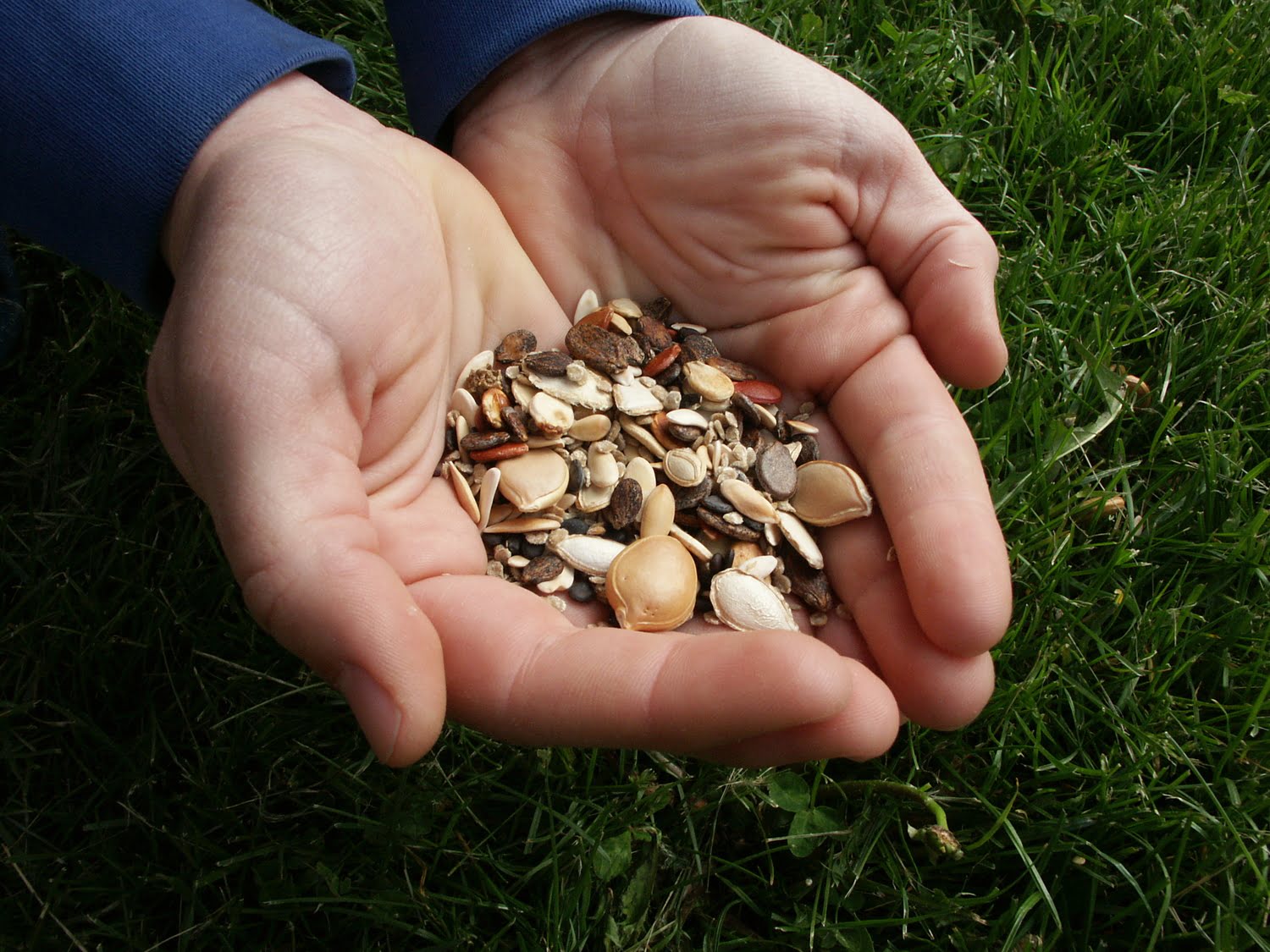
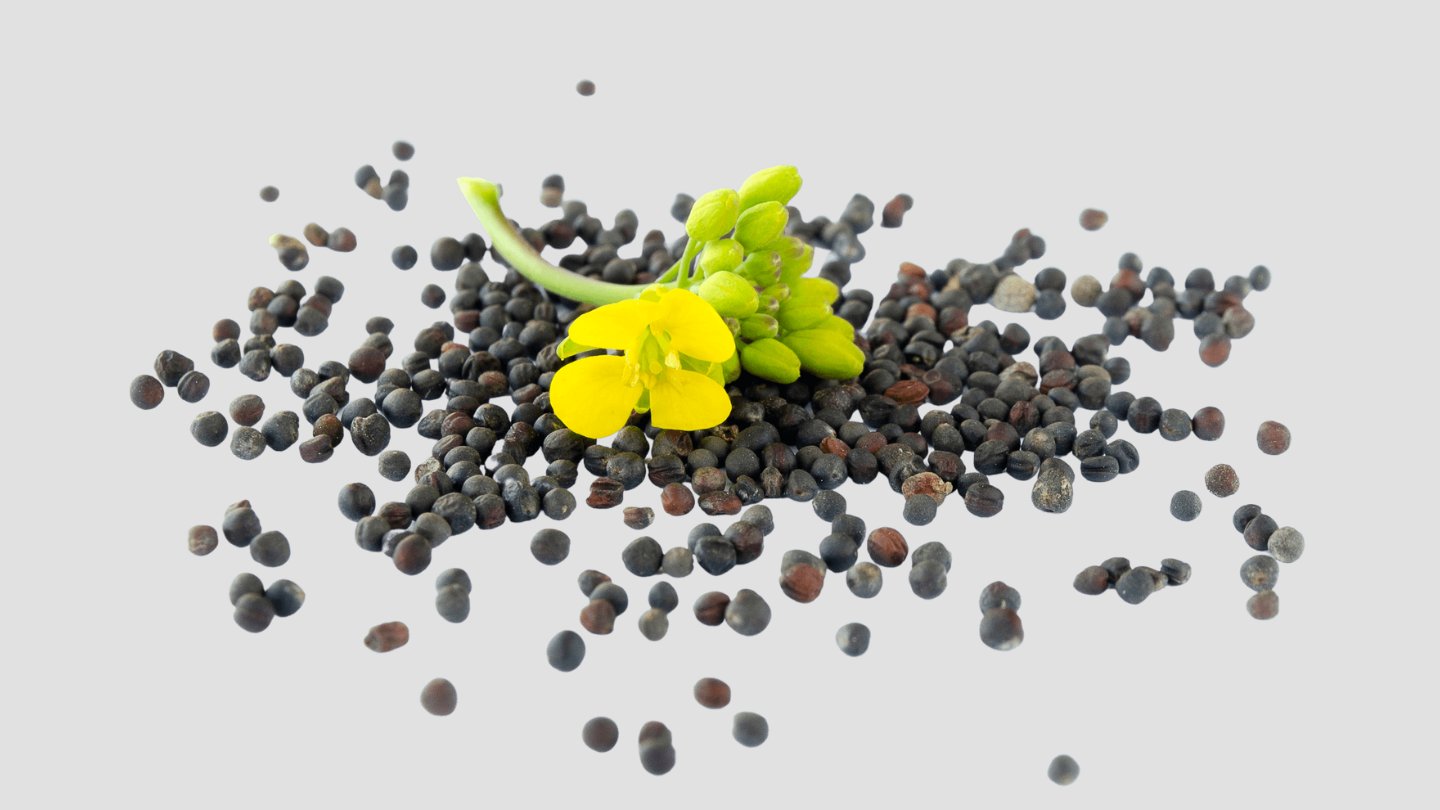

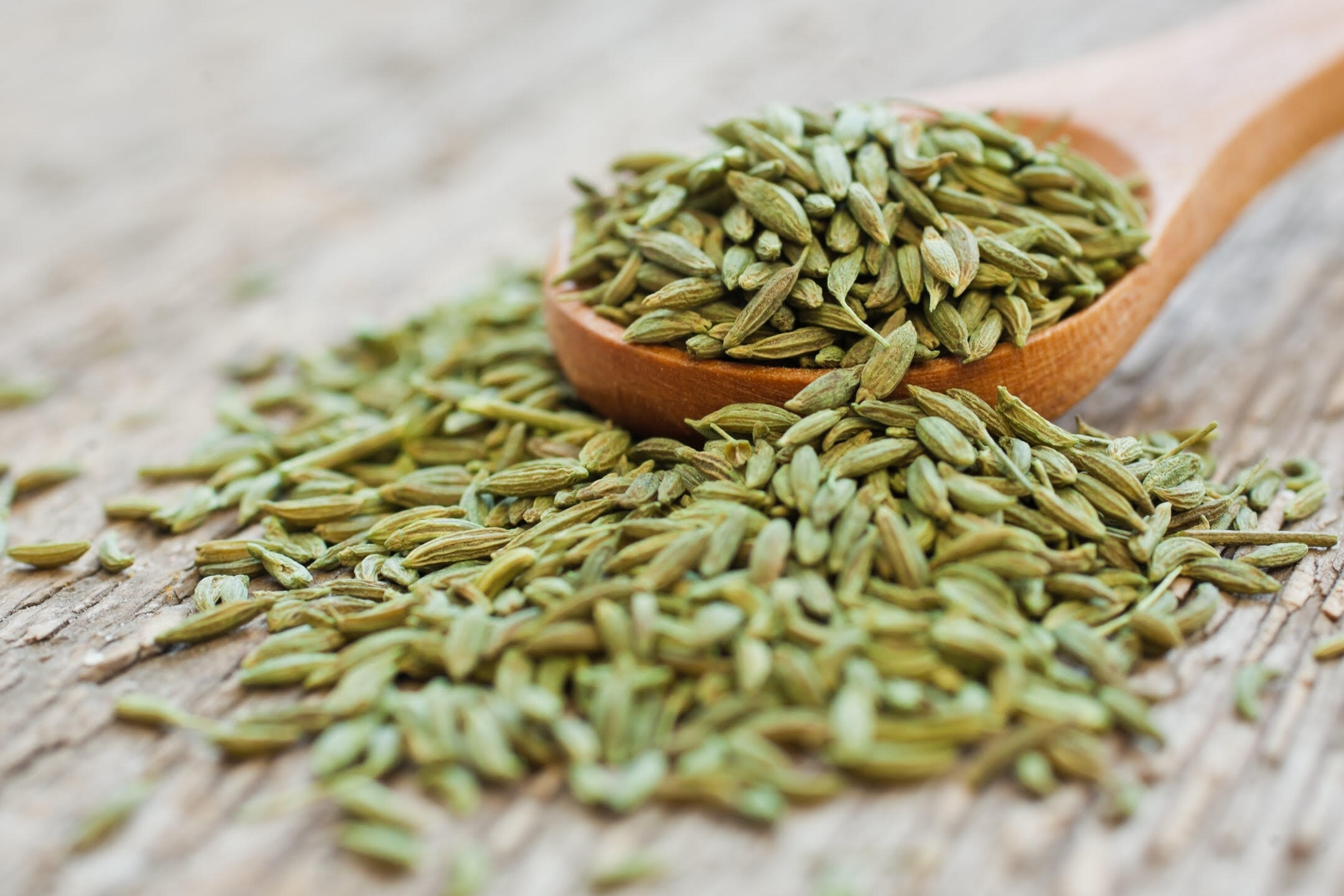
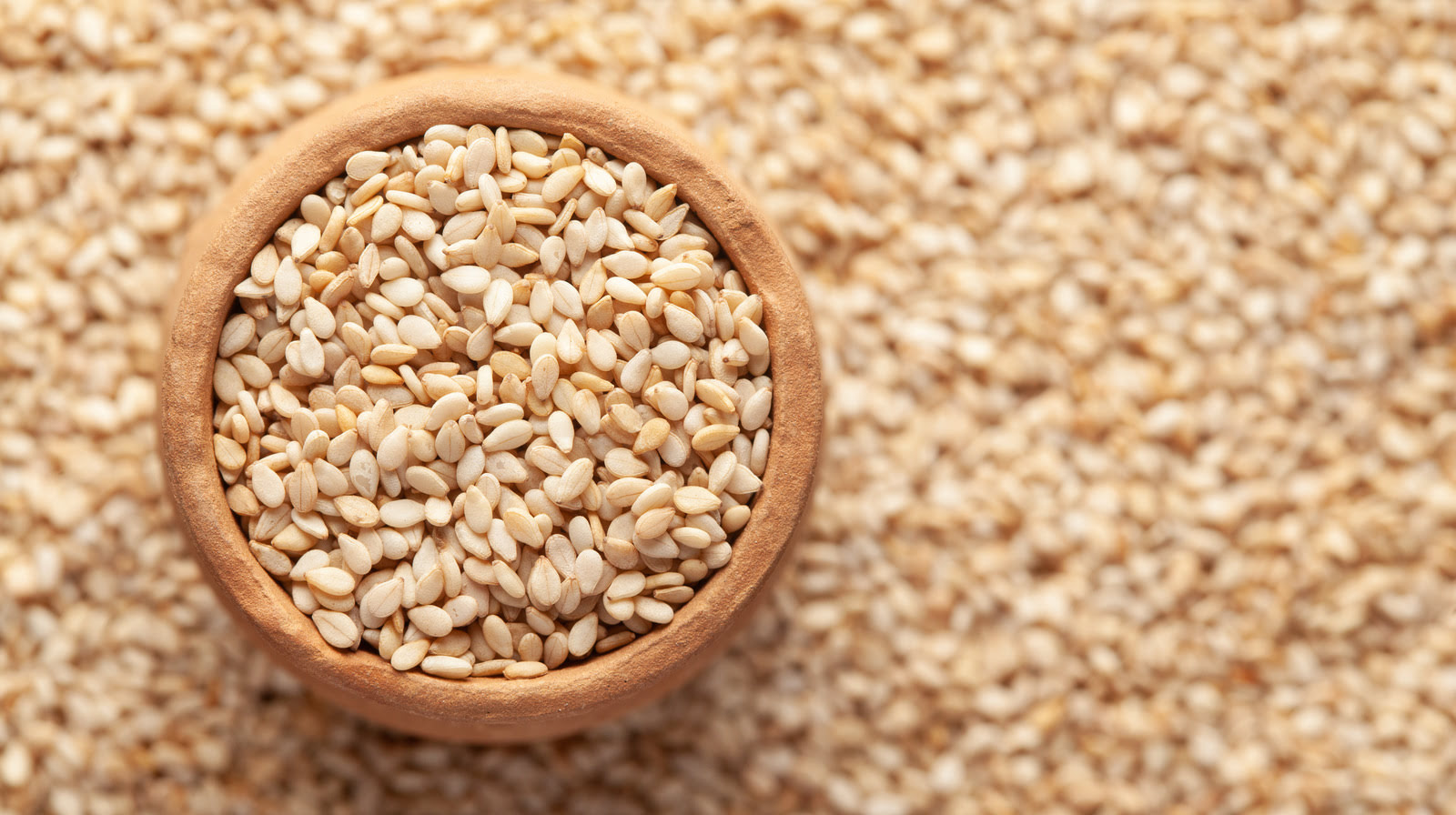
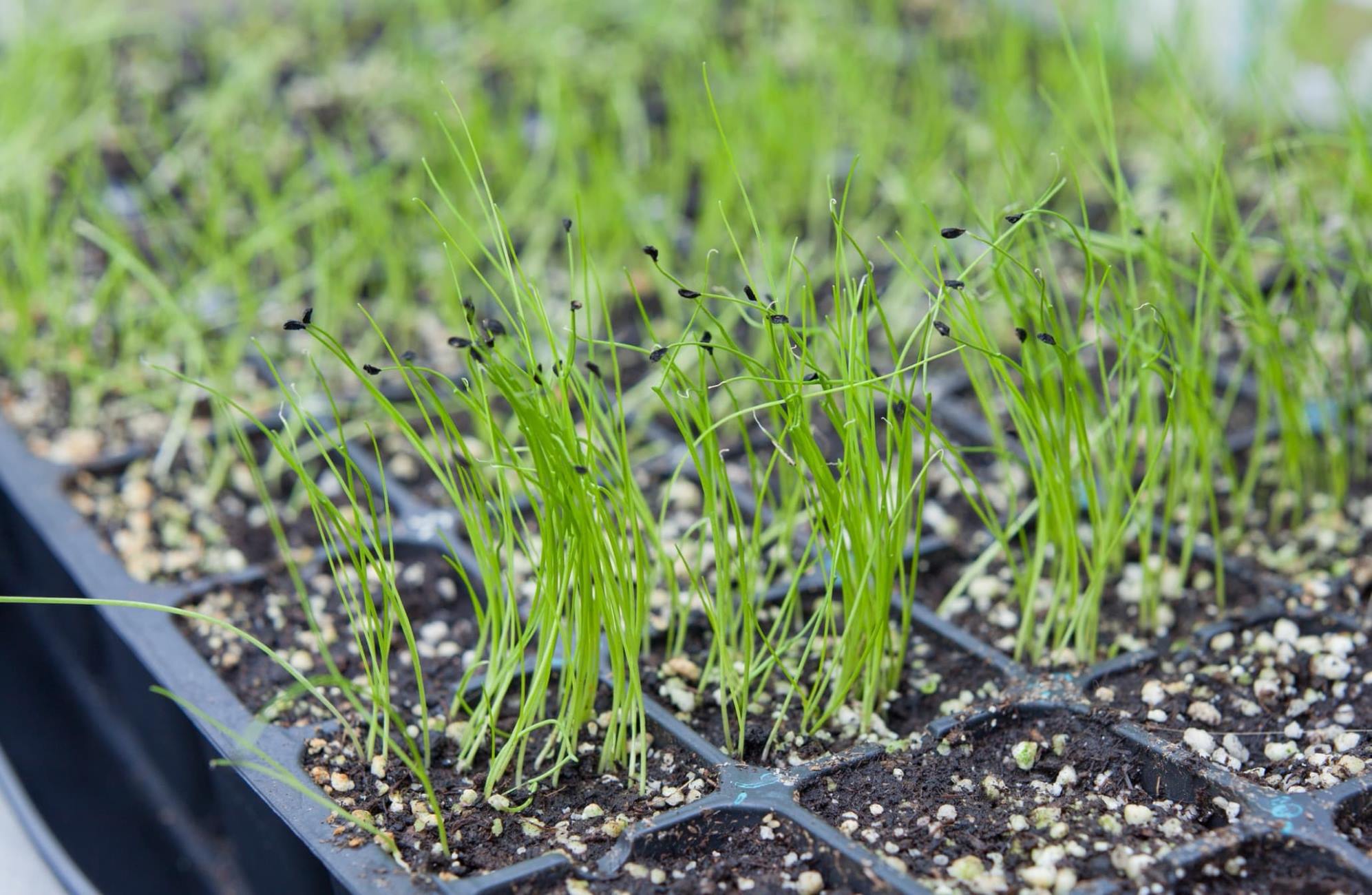
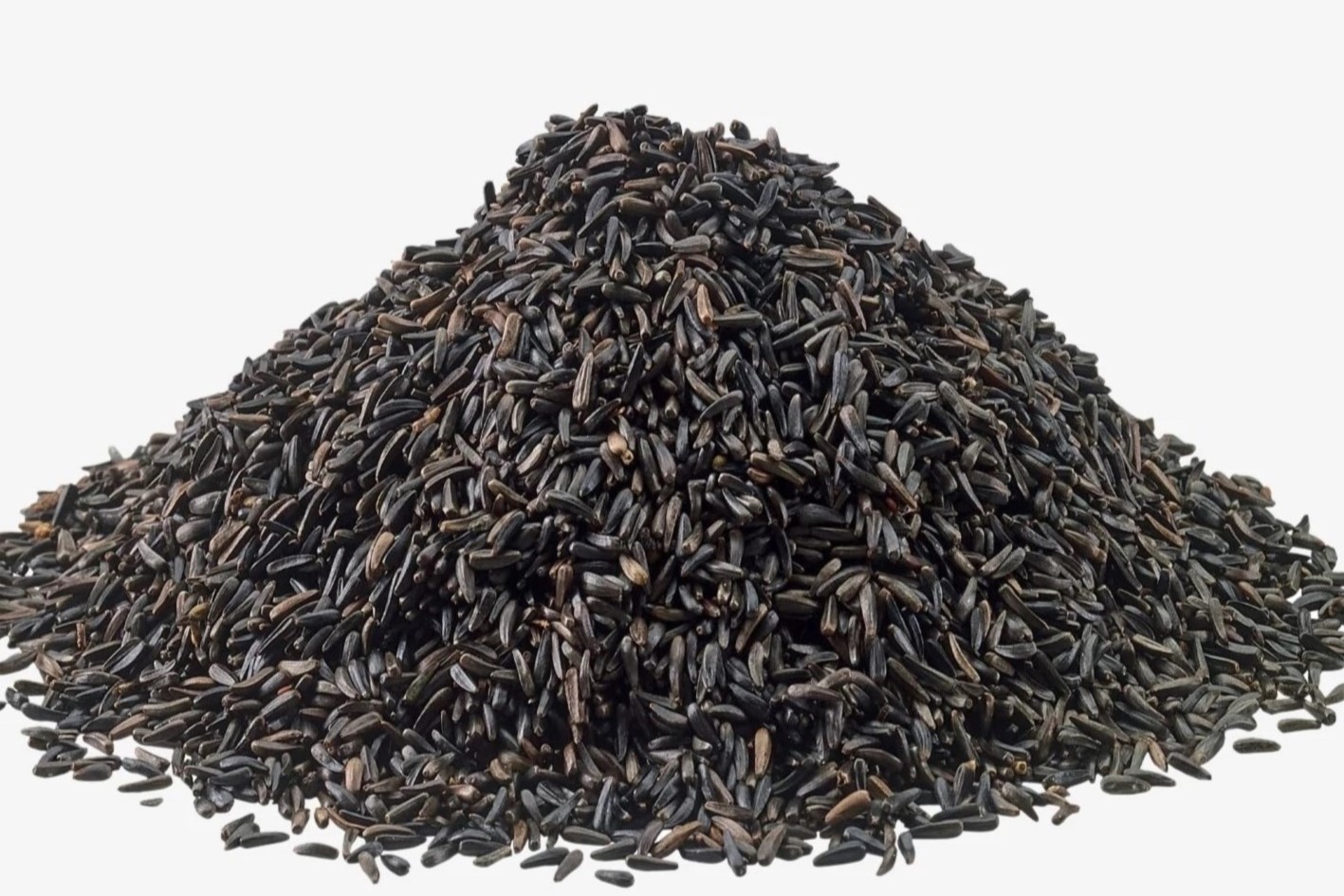
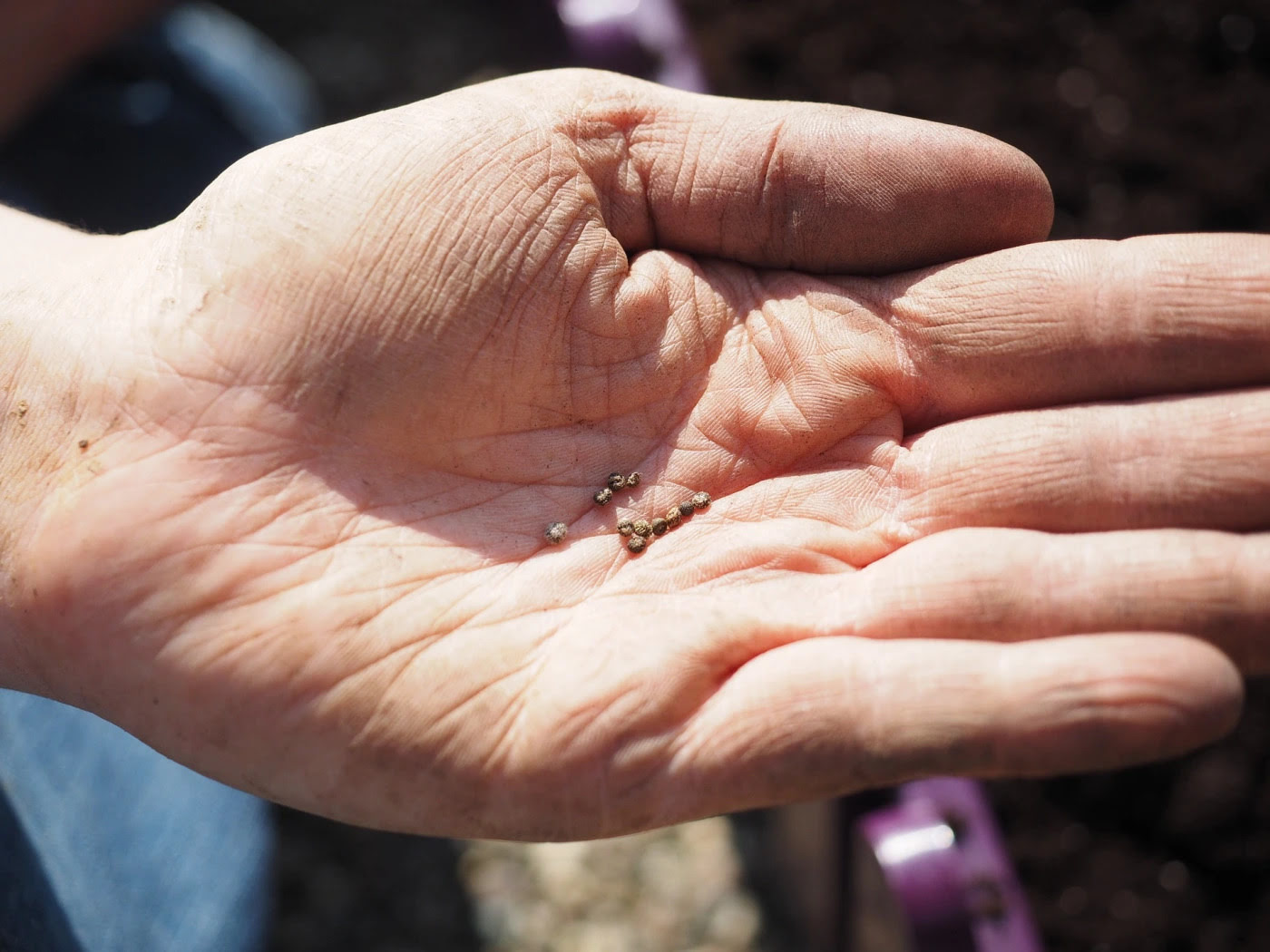
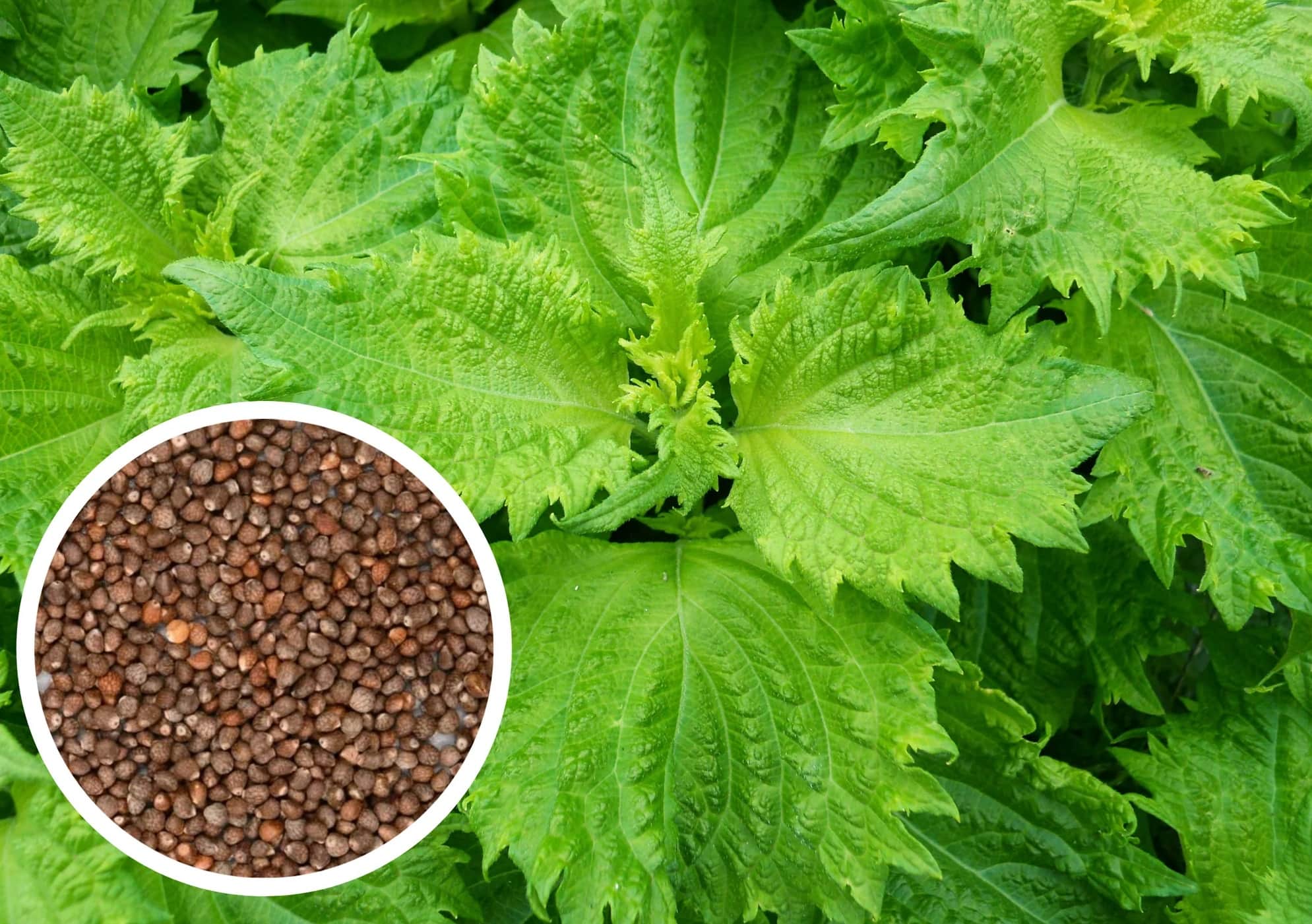

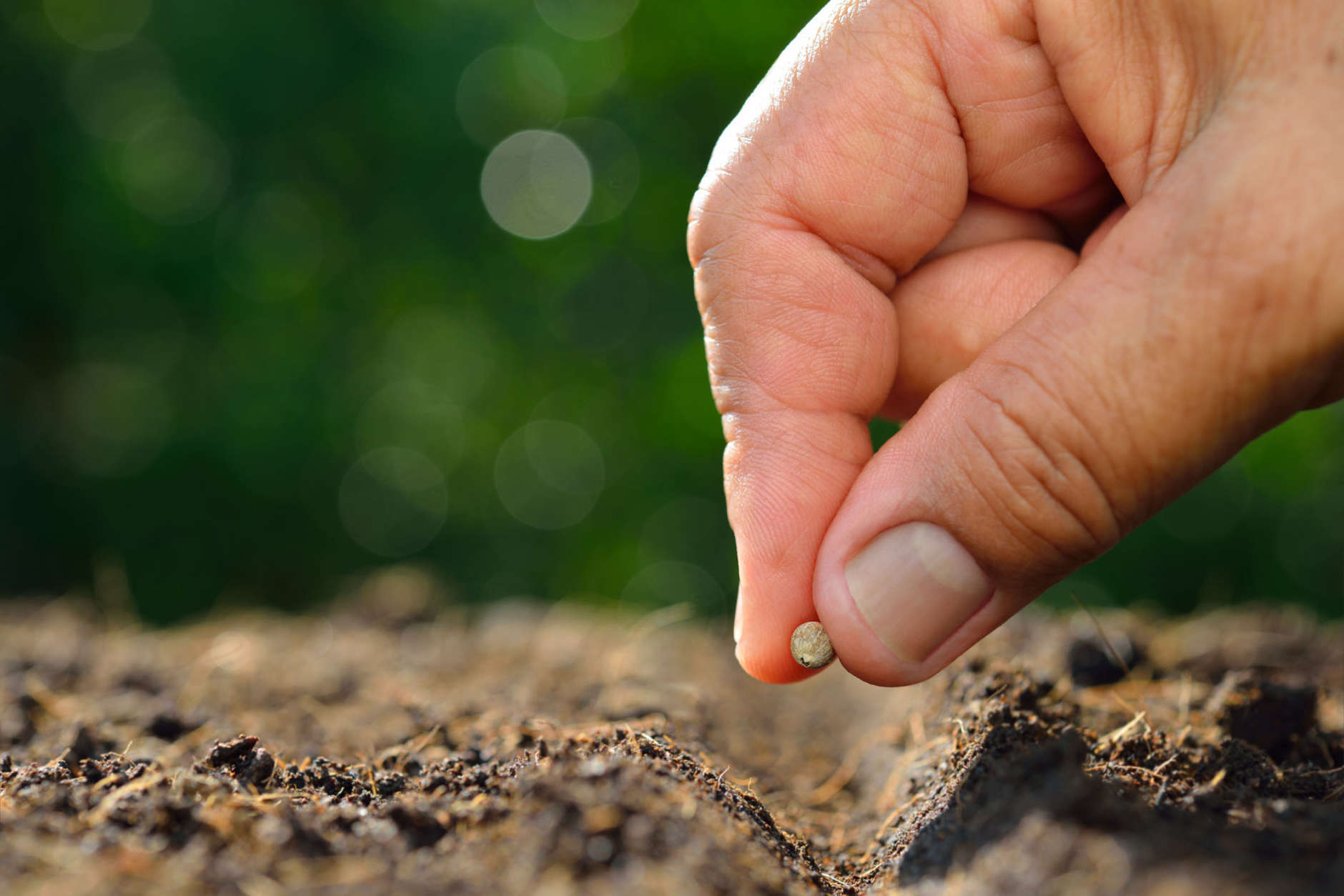
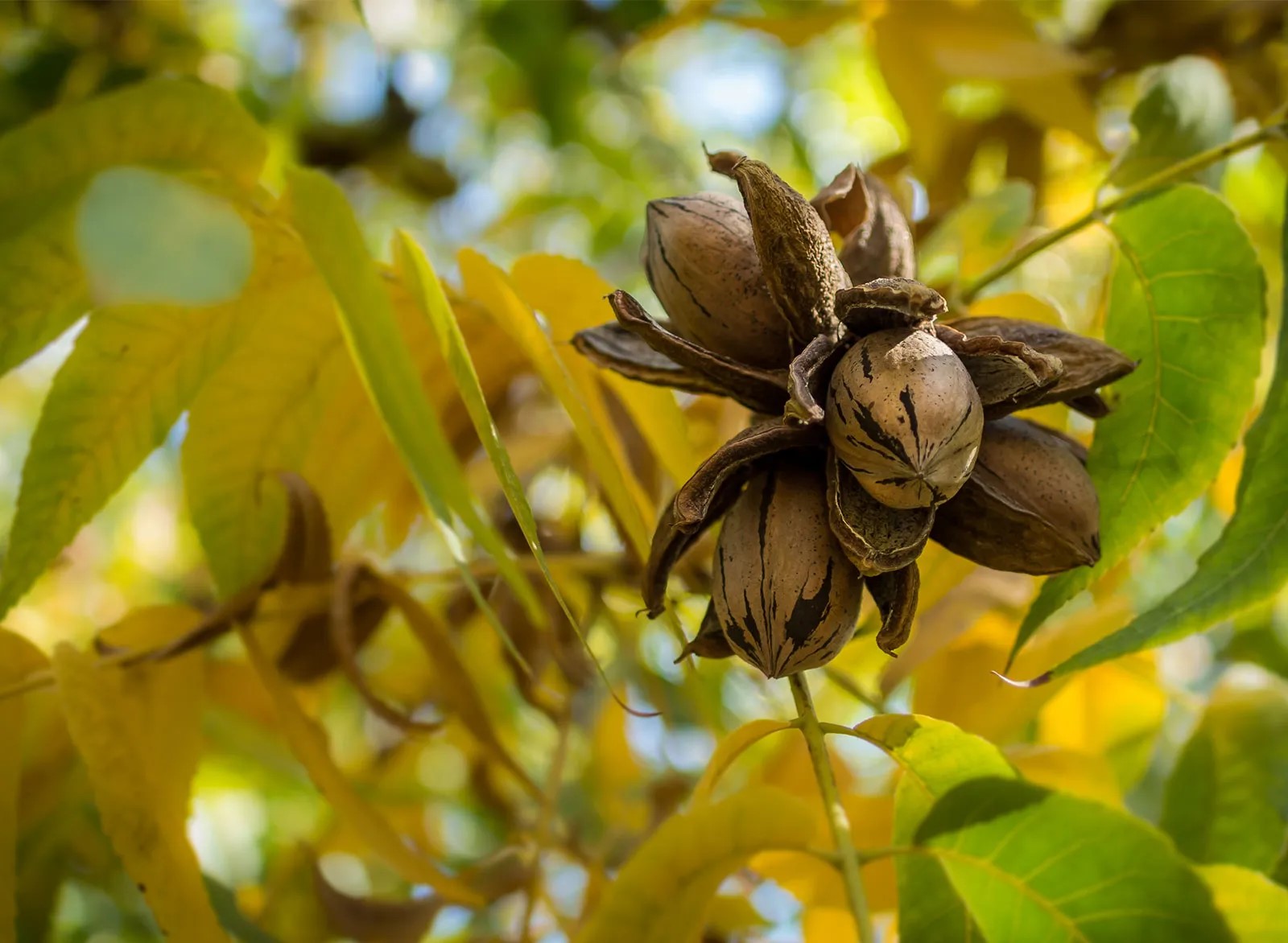
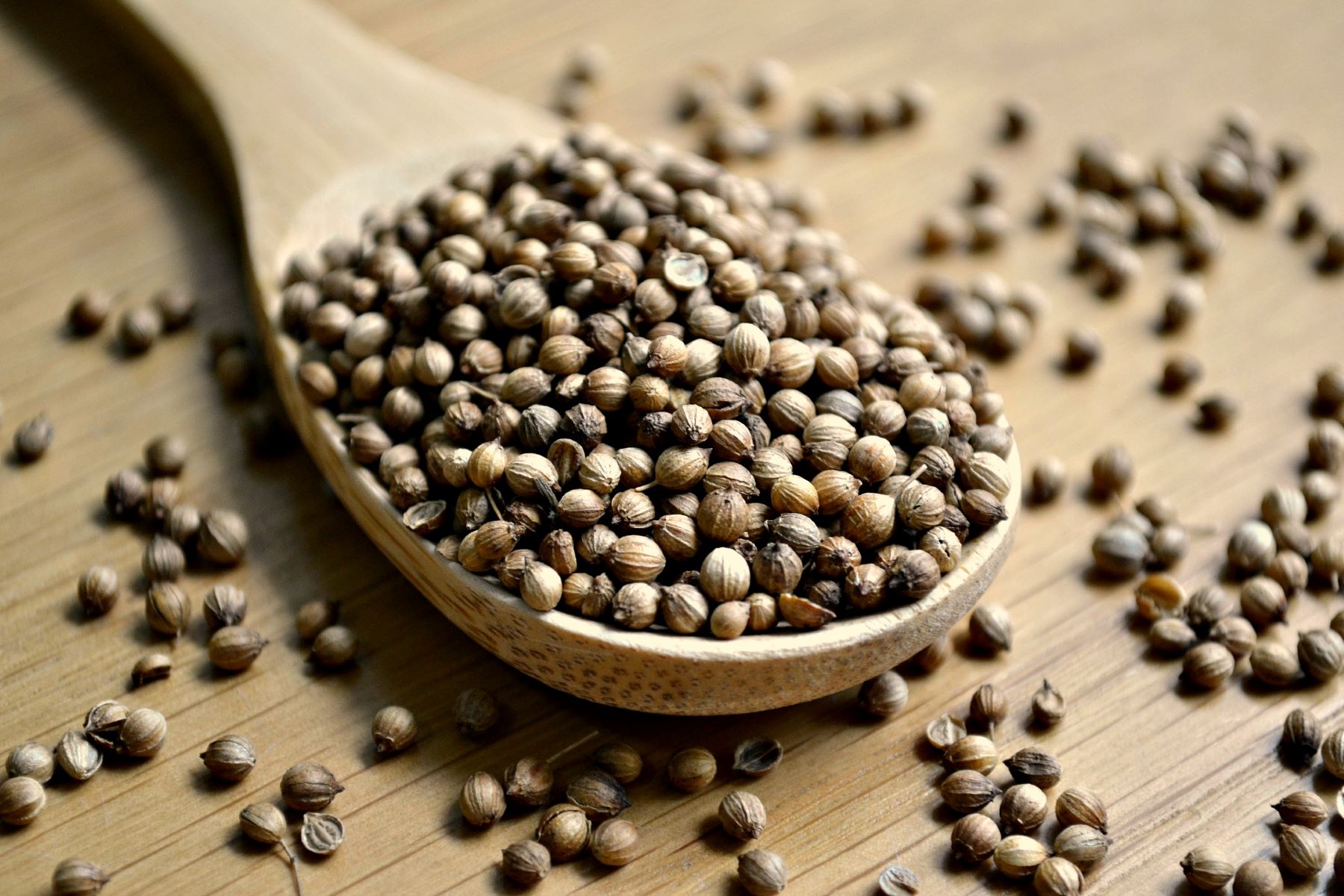

0 thoughts on “What Is Comino Seed”